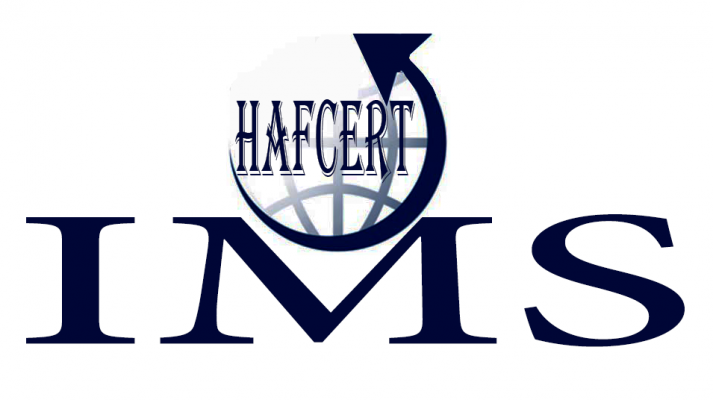Skip to content

Integrated Management System (IMS) for short makes all the components of a business a single system to simplify the process of managing and performing organizational operations. Quality management systems (QMS), environmental management (EMS) and safety management (OHS) become a single system and are managed in the form of integrated system management or IMS.
Of course, these systems should not be viewed as separate systems combined, but as interconnected using common points, which avoids the repetition of the same process in the three systems.
Common points of all these systems in the form of IMS include resources (manpower, facilities and equipment and other resources) and processes (which are documented in QMS, EMS and OHS systems and implemented in the organization).
When an organization implements several ISO standards, improper progress and some overlapping of standards with each other can cause problems in the organization. These problems can reduce the efficiency of these standards, from increasing the volume of work and performing various audits to creating different costs and wasting staff time and managing the organization.
To facilitate this process, certification companies have created a system called PASS99 to help organizations combine different standards.
In practice, the IMS standard is also a pass99 used by organizations to integrate their standards.
However, given that organizations often adopted the three most widely used standards, 9001, 14001, and 45001, the integrated system is also known by these three standards, but this combination can also be a combination of other standards.

